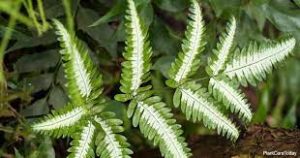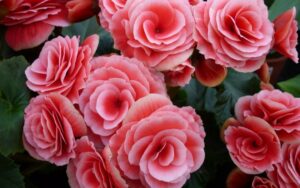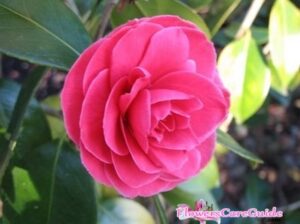Leaf gall is one of the most common plant diseases, especially on Camellia. This disease is also more common on sasanqua varieties of Camellia. Leaf galls are caused by a fungus which can affect the beauty of plant as well as flower production. It is easy to detect camellia leaf gall disease. When being affected, the leaves will be twisted, swollen and thickened; even the color might be changed. Read on to learn what causes camellia leaf gall disease and how to fix it.
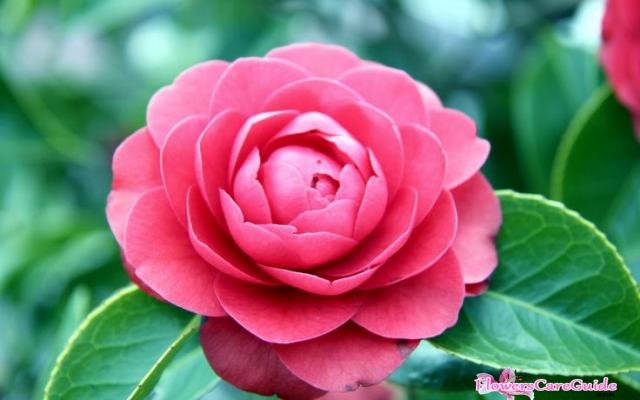
What causes Camellia Leaf Gall?
Camellia is strong against cold season. That is also the reason it blooms later than other flowers. It bursts into bloom in the very cold season, providing a vivid splash of color. The plant’s vitality is so strong that it can survive under the harsh condition. Leaf gall disease won’t affect to their life. However, this disease will make them looking unattractive and reduce camellia blossom.
The main factor causing camellia leaf gall is a fungus whose name is Exobasidium vaccinii. The spore of this fungus is spread by wind and splashing rain to the bark or buds of other Camellias. Once they attach to the plant, they gradually infect Camellia. It is not clearly visible until the spring when the galls begin to appear gradually. At first, it is only a small bump on the leaf of infected plant with the very same color as leaves tissue. As the bumps get swollen and bigger, the color gradually changes to pinkish.
Usually, this disease does not require chemical treatment. Gardeners can easily fix the problem by understanding the life cycle of this spore of the fungus and follow some certain rules.
How the galls appear on Camellia Leaves
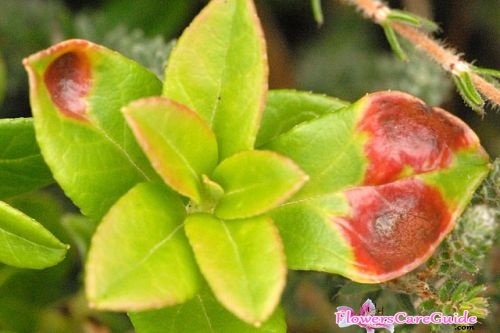
Galls are considered as an abnormal growth of plant tissue. These are only small spots on the leaf or stem at first. In the early stage, the color remains similar to plant tissue. As it grows, the color gradually changes. Gall is the symptom when a plant is being infected by the spore of the fungus. It can be seen that the fungal spores have finished its life cycle.
Galls on camellia appear at the beginning of spring and by late spring to early summer, they turn to brown and fall off the plant by themselves. Any remaining spores of fungi will stay under the ground and wait. The factors they need are the rain or other compatible factor. After that, those fungus will be taken and get ready for the whole new life cycle on other susceptible plants.
What are Camellia Leaf Galls Proper Treatments?
Camellia leaf galls do not require any chemical treatment. Until now, there are no existing fungal spray for already contaminated camellia flower, but if your plant have not affected yet, you can consider Bordeaux spray in early spring to prevent the progression of leaf gall.
Gardeners should prune the plant to keep the air and sunlight reach to any corner of the plant. More importantly, you must detect the disease before it gets any severe.
Remove infected plant parts immediately to prevent the gall spreading. After that, send those parts to trash or burn them down to eliminate the remaining fungus. If these situations keep coming, gardeners should plant leaf gall resistant species.

